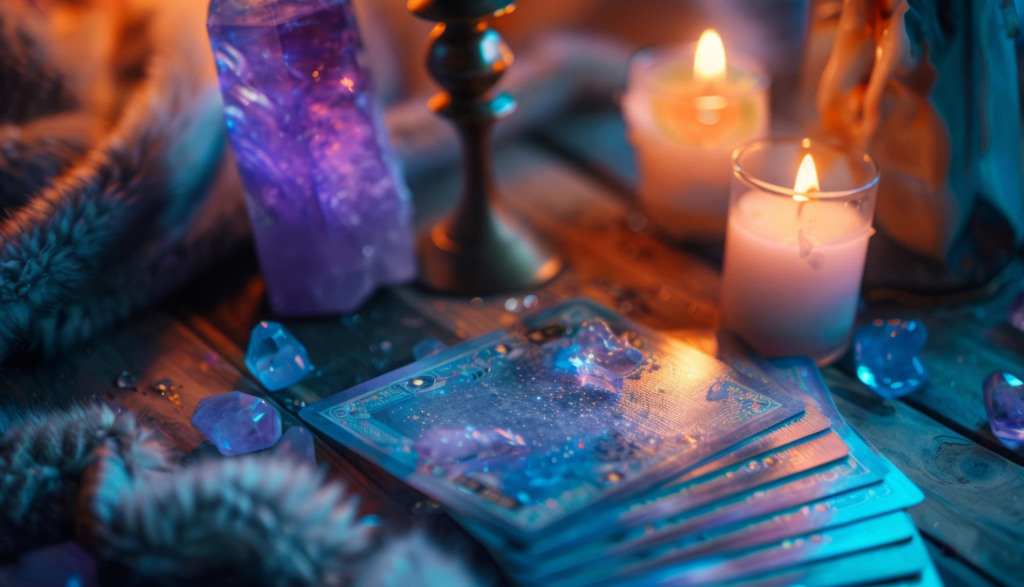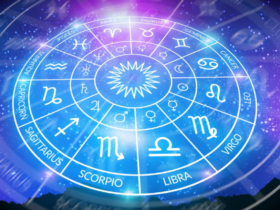The Surrealist movement, emerging in the early 20th century, sought to unleash the creative potential of the unconscious mind. This artistic and literary movement, characterized by dream-like visuals and illogical scenes, found a natural kinship with the mystical and symbolic nature of tarot cards. Both tarot and surrealism delve into the realms of the subconscious, exploring themes of mystery, intuition, and transformation.
Tarot as a Source of Inspiration
Tarot cards, with their rich imagery and enigmatic symbolism, captivated many surrealist artists and writers. These cards, traditionally used for divination, feature archetypal figures and scenes that resonate deeply with the themes of dreams, the unconscious, and esoteric wisdom. Surrealists were drawn to the tarot’s ability to evoke a sense of wonder and to serve as a tool for accessing hidden truths.
Artists like Salvador Dalí and Leonora Carrington incorporated tarot imagery into their work, blending the mystical elements of the cards with their own surreal visions. Dalí, for instance, created his own deck of tarot cards in 1973, infusing the traditional designs with his unique, dreamlike style. Carrington’s paintings often feature fantastical creatures and mysterious figures reminiscent of tarot archetypes, highlighting her fascination with the mystical and the otherworldly.
Mysticism and the Unconscious
The surrealists were heavily influenced by the theories of Sigmund Freud, particularly his ideas about the unconscious mind. They believed that tapping into the unconscious could lead to a higher form of artistic expression. Tarot, with its roots in mysticism and its focus on intuition and inner knowledge, offered a parallel pathway to explore the depths of the psyche.

Surrealist techniques like automatism—creating art without conscious thought—mirror the intuitive practices used in tarot reading. Both involve surrendering to a flow of images and symbols that emerge spontaneously, allowing hidden meanings and insights to surface. This alignment with the mystical process of tarot readings further cemented tarot’s place in the surrealist toolkit.
Related: Zodiac Energy Boost: How Each Sign Can Thrive in the New Year
Tarot in Surrealist Literature
In addition to visual arts, tarot also influenced surrealist literature. André Breton, the founder of surrealism, saw the tarot as a means of accessing deeper truths beyond rational thought. The cards’ symbolism and the process of reading them paralleled the surrealist pursuit of exploring the unknown and the irrational.
Many surrealist writers used tarot cards as a storytelling device, drawing on their archetypal narratives to construct complex, multi-layered tales. The tarot’s ability to evoke powerful emotions and universal themes made it a valuable resource for writers seeking to transcend conventional storytelling techniques.
The interplay between tarot and the surrealist movement highlights a shared quest for deeper understanding and a connection to the mysteries of the human psyche. Through their exploration of tarot, surrealist artists and writers were able to tap into a wellspring of symbolic and mystical imagery, enriching their work and expanding the boundaries of modern art. This fusion of mysticism and creativity continues to inspire contemporary artists, keeping the legacy of both tarot and surrealism alive in the modern world.





















